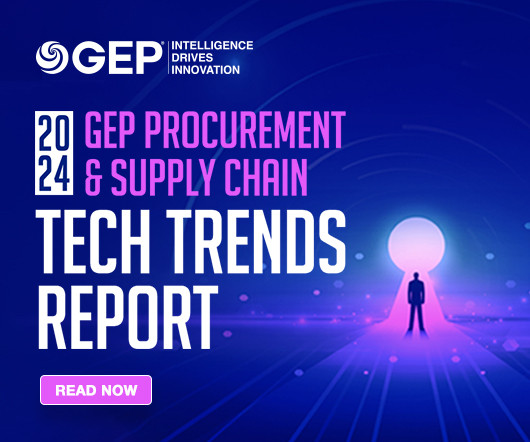Introducing Supply Chain Power Influencers on Twitter
Supply Chain Opz
JUNE 1, 2014
'Social media has been adopted by supply chain management professionals as a mechanism to express opinions and disseminate knowledge. Since there is too much information floating around, many people rely on "influencers" who exhibit expertise, enthusiasm or credibility. Then, this article will show how the influencers in supply chain management can be identified.

























Let's personalize your content